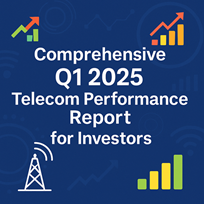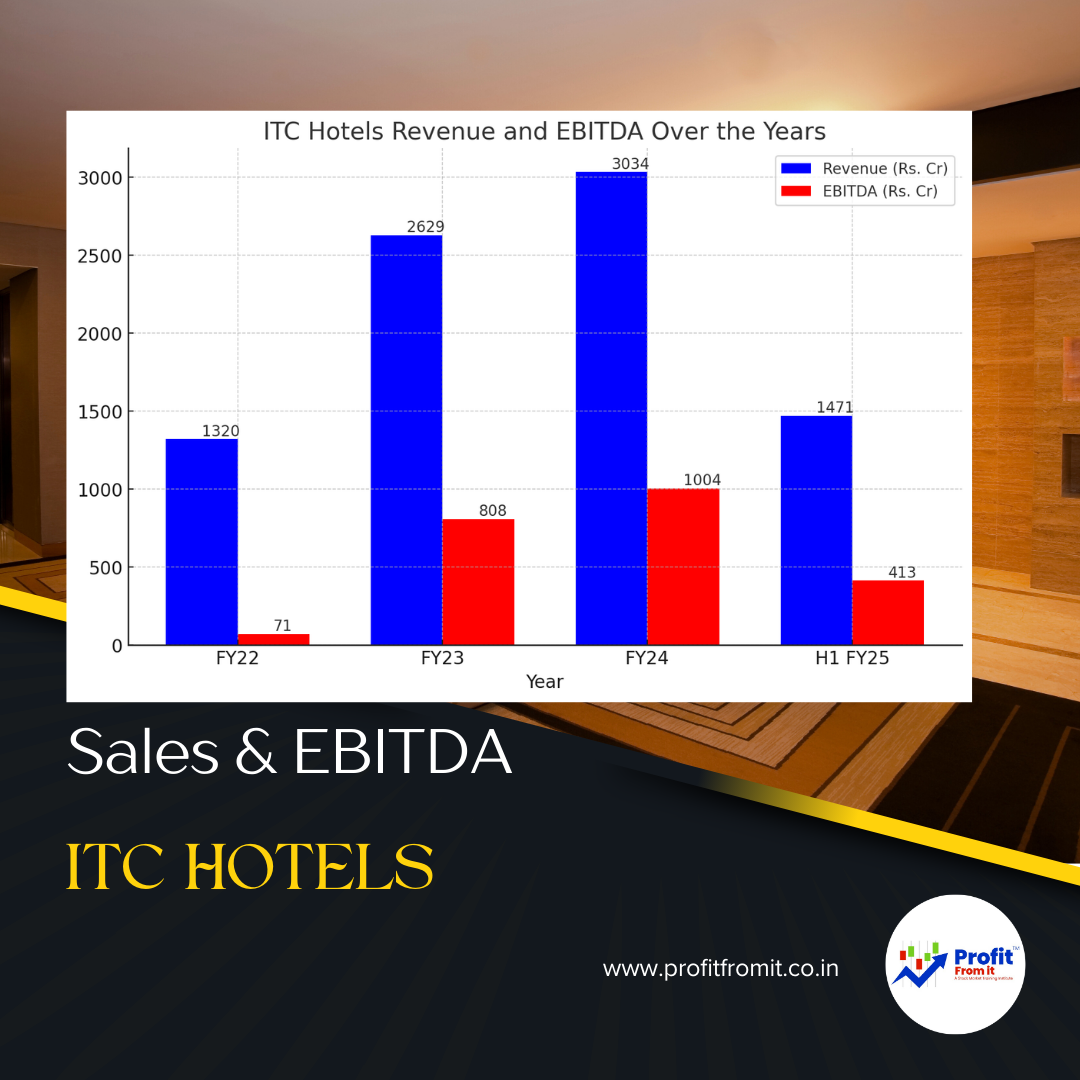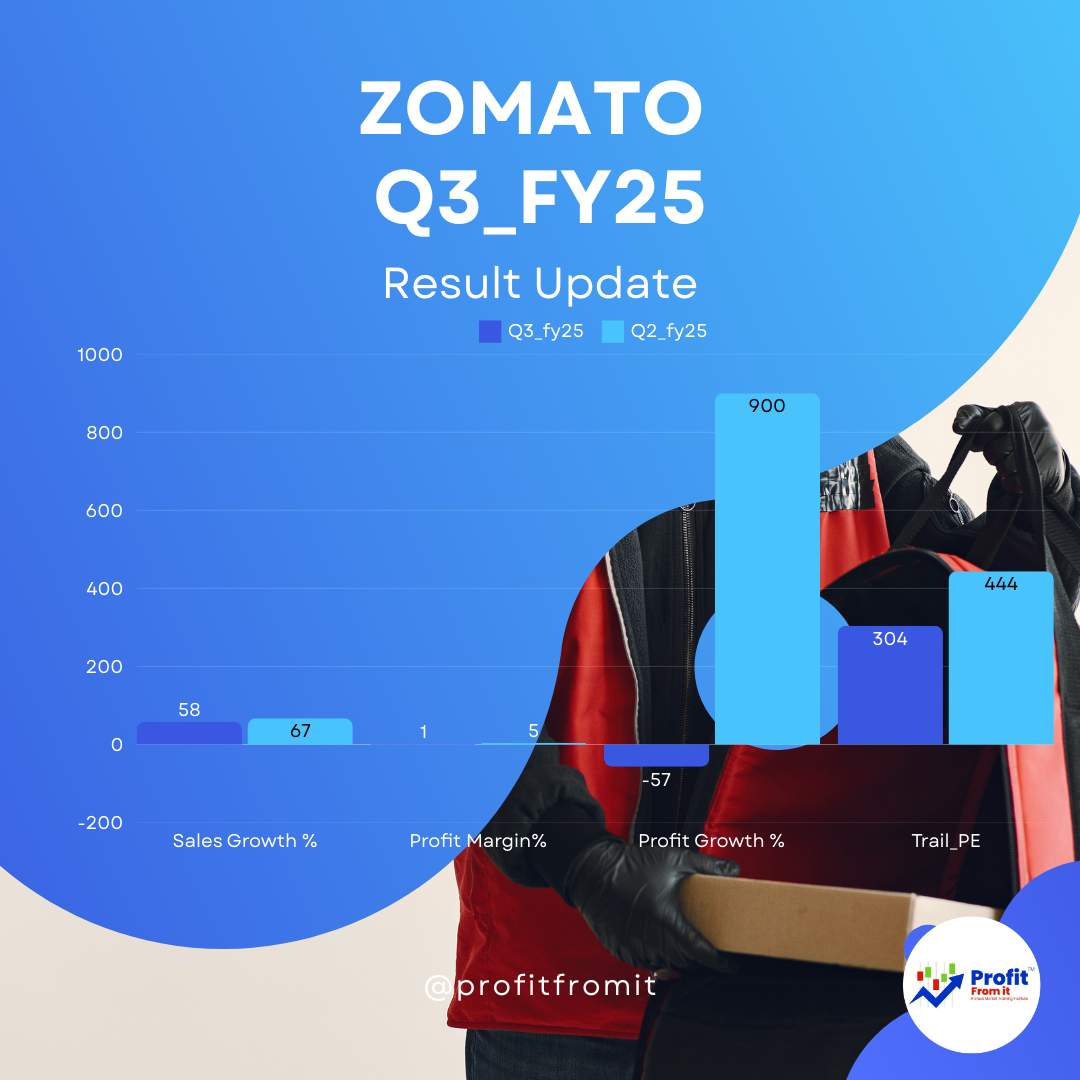
Comprehensive Q1 2025 Telecom Performance Report: Subscriber, Revenue & ARPU Trends for Investors
📅 Reporting Period: January – March 2025
📊 Source: TRAI “Indian Telecom Services Performance Indicator Report”
🔑 Target Audience: Investors, analysts, fund managers
1. Introduction 🌐
The first quarter of 2025 marks a pivotal juncture for India’s telecom sector: with 5G rollouts accelerating and data consumption surging, understanding the minutiae of subscriber behavior and revenue evolution is crucial. TRAI’s latest report offers granular insights on internet and telephony services—information that can shape investment strategies in an increasingly competitive market.
2. Subscriber Trends 📶
| Metric | Mar ʼ25 Level | Change |
|---|---|---|
| Total Internet Subscribers | 969.10 m | 🔴↓ 0.11% QoQ |
| • Wireless Internet | 927.70 m | |
| • Wired Internet | 41.41 m | |
| Broadband Subscribers | 944.12 m | 🔴↓ 0.09% QoQ |
| Narrowband Subscribers | 24.98 m | 🔴↓ 0.88% QoQ |
| Wireline Subscribers | 37.04 m | 🔴↓ 5.67% QoQ |
| Wireline Tele-density | 2.62% | 🔴↓ 5.88% QoQ |
| Total Wireless (Mobile + 5G FWA) | 1,163.76 m | 🟢↑ 1.14% QoQ |
| • Mobile only | 1,156.99 m | 🟢↑ 0.55% QoQ |
| Wireless Tele-density | 82.42% | 🟢↑ 0.92% QoQ |
Investor Insight:
🔴↓ Minor declines in total internet and broadband reflect urban market saturation; fibre deployments and 5G FWA reclassification impacted wireline stats.
🟢↑ Wireless net additions underscore robust 5G adoption—rural penetration remains a key growth frontier, with tele-density at 58.67%.
3. Revenue & ARPU Dynamics 💰
| Metric | Q4 ʼ24 | Q1 ʼ25 | QoQ Change | YoY Change |
|---|---|---|---|---|
| Gross Revenue (GR) | ₹96,350 Cr | ₹98,250 Cr | 🟢↑ 1.93% | 🟢↑ 11.74% |
| Applicable GR (ApGR) | ₹92,344 Cr | ₹92,618 Cr | 🟢↑ 0.30% | 🟢↑ 10.33% |
| Adjusted GR (AGR) | ₹77,938 Cr | ₹79,226 Cr | 🟢↑ 1.66% | 🟢↑ 12.44% |
| Wireless ARPU | — | ₹182.95 | 🟢↑ 0.64% QoQ | 🟢↑ 19.16% YoY |
| • Prepaid ARPU | — | ₹182.53 | ||
| • Postpaid ARPU | — | ₹187.48 |
Investor Insight:
🟢↑ Revenue growth reflects successful monetization of data, premium 5G plans, and value-added services.
🟢↑ ARPU escalation signals effective upselling strategies—bundled OTTs, digital partnerships, and enterprise solutions.
4. Quality of Service (QoS) Compliance ⚙️
All access service providers met or exceeded TRAI benchmarks—such as POI congestion ≤ 0.5%, call-setup success ≥ 98%, latency ≤ 75 ms—ensuring network reliability, which is vital for customer retention and churn reduction.
5. Strategic Industry Impacts 🚀
5.1 Network Investments & ROI
5G & FTTH CapEx: Operators are ramping up spending on fibre deepening and 5G small cells.
Investment Cue: Favor companies with disciplined capex-to-cash-flow ratios and spectrum efficiency (e.g., Reliance Jio, Bharti Airtel).
5.2 Rural Broadband Adoption 🌱
Rural Tele-density: 59.06% (up from 58.29%) shows vast untapped potential.
Growth Instruments: Government-driven BharatNet expansions and subsidy schemes to accelerate rural FTTH/FWA.
5.3 Enterprise & Digital Services 🤝
High-Margin Verticals: Cloud, IoT, managed services, and cybersecurity.
Strategic Partnerships: Watch alliances with global tech majors and fintech players for revenue diversification.
5.4 Regulatory & Policy Outlook ⚖️
Upcoming spectrum auctions, AGR policy adjustments, and licence fee rationalizations will materially affect operator profitability and competitive dynamics.
6. Company-Level Spotlight 💼
| Company | Strengths | Risks & Watchpoints |
|---|---|---|
| Reliance Jio | Massive scale, low data tariffs, early 5G rollout | Elevated capex; rural last-mile challenges |
| Bharti Airtel | Diversified tower business, strong enterprise segment | High leverage; margin sensitivity |
| Vodafone Idea | Rural penetration, spectrum assets | Balance-sheet stress; uncertain turnaround |
Actionable Tip: Evaluate arm-level capex guidance, average revenue per data GB, and debt-to-EBITDA ratios.
7. Long-Term Outlook (2025 – 2030) 🔮
5G Monetization: Private enterprise networks, Industry 4.0, smart cities.
Fiber Deepening: Gigabit capable homes in Tier 2/3 markets.
Digital Ecosystem: Bundled OTT, gaming, e-learning, and fintech services as ARPU levers.
Policy Evolution: Spectrum fee rationalization and AGR clarity to improve margins.
8. Conclusion
TRAI’s Q1 2025 data paints a picture of steady revenue growth amid selective subscriber declines. Investors should focus on operators combining disciplined network investments, diverse revenue streams, and rural expansion strategies. Such companies are best positioned to capitalize on India’s accelerating digital transition.
9. Disclaimer ⚠️
This blog is educational only and does not constitute investment advice. Please perform your own due diligence



 for Investors The provided chart outlines key metrics for Nifty 500 companies across different periods (FY22 t.png)





